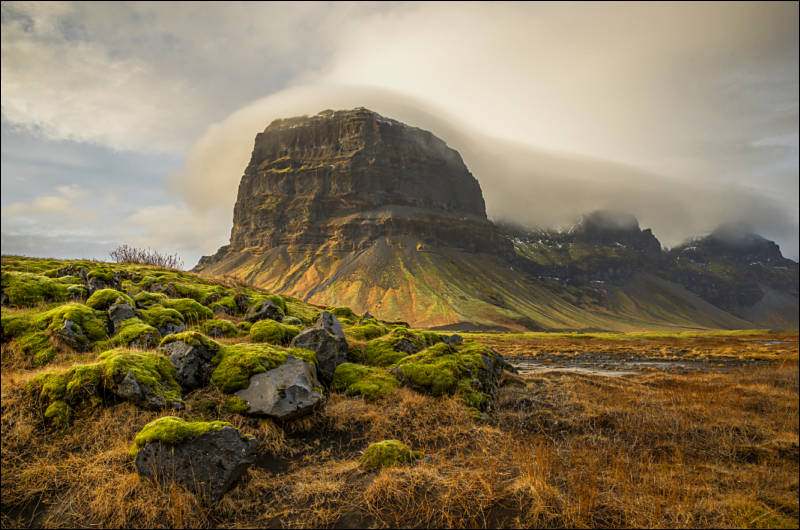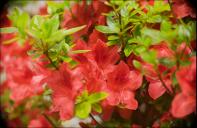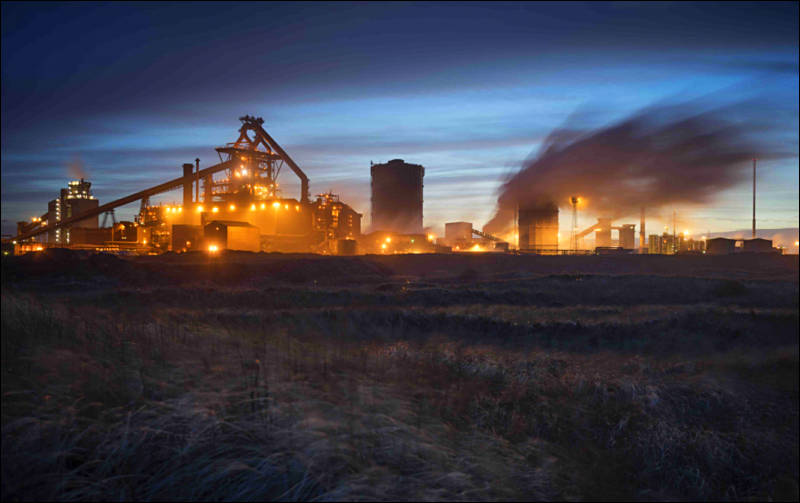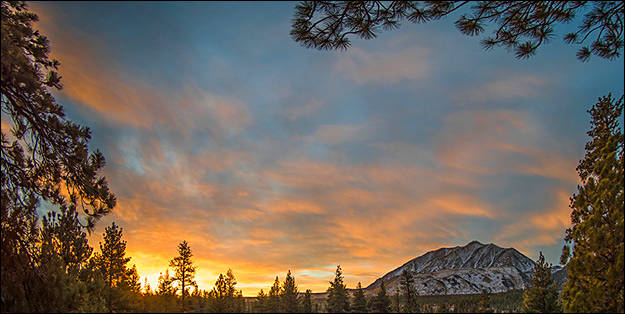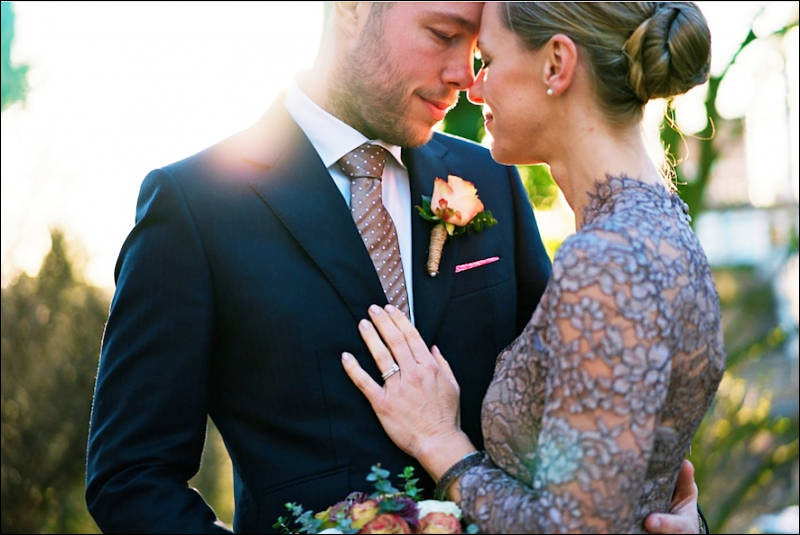
-

 rose29.jpg800 x 472 - 101K
rose29.jpg800 x 472 - 101K -
Firmware update (v1.10) released for both cameras.
-
Fotodiox mount replacement review

http://www.photoclubalpha.com/2014/10/27/the-fotodiox-tough-e-mount/

 sigma_23.jpg597 x 390 - 31K
sigma_23.jpg597 x 390 - 31K -

 sony_a7_s.jpg800 x 632 - 72K
sony_a7_s.jpg800 x 632 - 72K -

 gh4_14.jpg800 x 530 - 88K
gh4_14.jpg800 x 530 - 88K -

 sales12.jpg600 x 398 - 50K
sales12.jpg600 x 398 - 50K -
The Sony a7 and a7R: The Unofficial Quintessential Guide
This book is a guide to using the Sony a7 and a7R, the first full frame, autofocus system cameras. At half the weight of a full frame DSLR, they are easy to carry for photographers on the go. The less-expensive a7 has a 24-megapixel sensor for shooting rapidly changing scenes; the a7R has a 36-megapixel sensor designed for ultimate image sharpness. Both use advanced image-processing algorithms and can use any manufacturer’s lens when matched with the appropriate adapter. The electronic viewfinder gives the photographer an accurate preview of the image, ensuring the capture of technically excellent photographs by preventing mistakes in color temperature, depth of field, and exposure. All features of the a7 and a7R are covered, including automatic stitching to create panoramas, and multi-shot noise reduction that allows the use of extremely high ISOs. This book guides the photographer in using both the camera’s automated features and manual controls to take photographs that are a unique reflection of his or her creative personality.
http://www.amazon.com/The-Sony-a7R-Unofficial-Quintessential/dp/1937538494
-
I was impressed by the results. The A7 did manage low light conditions very well. Up to 3200 ISO the image remains clean enough, while at 6400 and especially 12800 noise is visibile. It isn’t a fine and grainy noise but more digital, which can make it less pleasant in certain shots. The camera also tends to soften the image a little bit and the noise reduction is sometime aggressive. I like the colours of the standard profile, the skin tone rendering and the sharpness.
-
One day I put down everything I wanted in a new camera: I wanted a full frame sensor, I wanted it to be mirrorless, and I wanted to be able to use my current lenses. Nikon had released a mirrorless camera with its 1-series, but it had a tiny sensor. I also would have to use an adapter with it for my F-mount lenses–though now I have to do the same thing with the Sony A7. When it came out, my interest was piqued. The camera fit my criteria.
http://www.thephoblographer.com/2014/06/09/oped-bought-sony-a7/
-

 test60.jpg800 x 503 - 48K
test60.jpg800 x 503 - 48K -

 sales49.jpg625 x 314 - 47K
sales49.jpg625 x 314 - 47K -

Our indoor images give us a better look at how the camera handles various lighting conditions and the quality at different ISO settings. As with our outdoor images, the amount of detail the camera captures is amazing. Surpassing the details in the flag that we are used to looking for, we can actually see the scratches and fingerprints on the M&M man himself at the lower ISO levels.
http://www.steves-digicams.com/camera-reviews/sony/7-and-7r/sony-7r-and-7-reviews.html
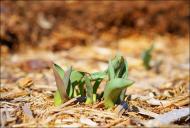
 monitor22.jpg800 x 540 - 78K
monitor22.jpg800 x 540 - 78K -
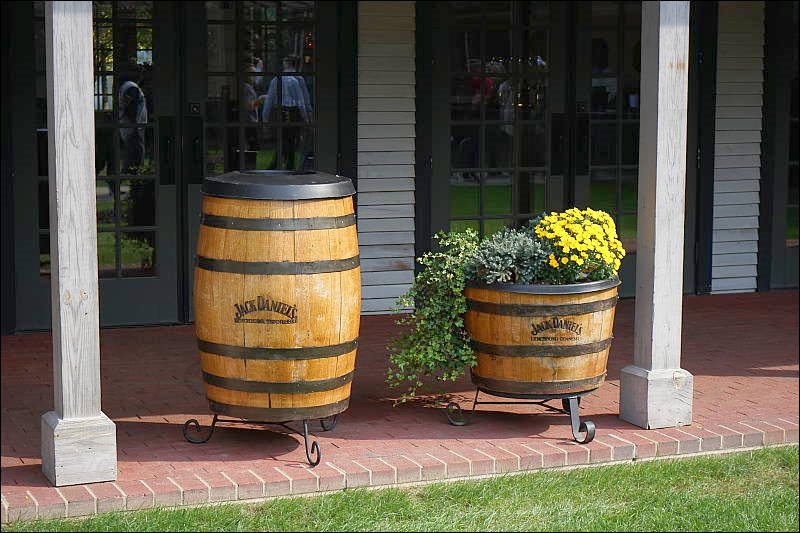
Incredibly small body for a fully-featured, full-frame camera; Very high resolution; Hybrid autofocus is reasonably fast and confident; Significantly better burst-shooting performance than A7R; Excellent image quality even at very high sensitivities; Faster x-sync than A7R;

 feb_sales114.jpg800 x 533 - 88K
feb_sales114.jpg800 x 533 - 88K -

 assa2.jpg639 x 393 - 70K
assa2.jpg639 x 393 - 70K -
New firmware
- Provides support for SEL70200G
- Improves auto focus speed
- Adds functions including the "Focus hold button"
- Reduces start-up time
- The start-up time has been reduced in cases when the camera is switched on immediately after being switched off.
- Improves image quality
- Provides support for additional ”Play Memories Camera Apps” and additional features for previously supported apps.
- Provides support for "Liveview Grading" and "Smooth Reflection" applications.
- Provides support for the smooth automatic exposure feature in the "Time-lapse" application ver. 2.00 and later.
a7 - http://www.sony.com.au/support/download/585420/product/ilce-7?cid=dgm:30206
a7r - http://www.sony.com.au/support/download/585422/product/ilce-7r?cid=dgm:30206
- Provides support for SEL70200G
-

 nikon_v37.jpg765 x 508 - 90K
nikon_v37.jpg765 x 508 - 90K
 nikon_v38.jpg727 x 495 - 52K
nikon_v38.jpg727 x 495 - 52K -

 nikon_v11.jpg800 x 535 - 66K
nikon_v11.jpg800 x 535 - 66K -

It seems reasonable that a7R users are more likely to shoot Raw, so it's safe to say most will be happy with the image quality from the a7R. Though the default JPEGs still show most of the same issues we saw from the a7, some issues won't play as large a role in the a7R's 36.3MP images as they did in the 24.7MP images of the a7. Still, we recommend JPEG shooters capture Raw when it's important.
The a7R's video is good but not stand-out. The internal options - with 24p video at up to 24Mbps and 60p at up to 28Mbps - are absolutely sufficient for day-to-day usage. Autofocus works pretty well in video mode, with only occasional focus flutter, and focus peaking will help get better results for anyone willing to manual focus.

 oil8.jpg598 x 869 - 133K
oil8.jpg598 x 869 - 133K
Howdy, Stranger!
It looks like you're new here. If you want to get involved, click one of these buttons!
Categories
- Topics List23,993
- Blog5,725
- General and News1,354
- Hacks and Patches1,153
- ↳ Top Settings33
- ↳ Beginners256
- ↳ Archives402
- ↳ Hacks News and Development56
- Cameras2,368
- ↳ Panasonic995
- ↳ Canon118
- ↳ Sony156
- ↳ Nikon96
- ↳ Pentax and Samsung70
- ↳ Olympus and Fujifilm102
- ↳ Compacts and Camcorders300
- ↳ Smartphones for video97
- ↳ Pro Video Cameras191
- ↳ BlackMagic and other raw cameras116
- Skill1,960
- ↳ Business and distribution66
- ↳ Preparation, scripts and legal38
- ↳ Art149
- ↳ Import, Convert, Exporting291
- ↳ Editors191
- ↳ Effects and stunts115
- ↳ Color grading197
- ↳ Sound and Music280
- ↳ Lighting96
- ↳ Software and storage tips266
- Gear5,420
- ↳ Filters, Adapters, Matte boxes344
- ↳ Lenses1,582
- ↳ Follow focus and gears93
- ↳ Sound499
- ↳ Lighting gear314
- ↳ Camera movement230
- ↳ Gimbals and copters302
- ↳ Rigs and related stuff273
- ↳ Power solutions83
- ↳ Monitors and viewfinders340
- ↳ Tripods and fluid heads139
- ↳ Storage286
- ↳ Computers and studio gear560
- ↳ VR and 3D248
- Showcase1,859
- Marketplace2,834
- Offtopic1,320





